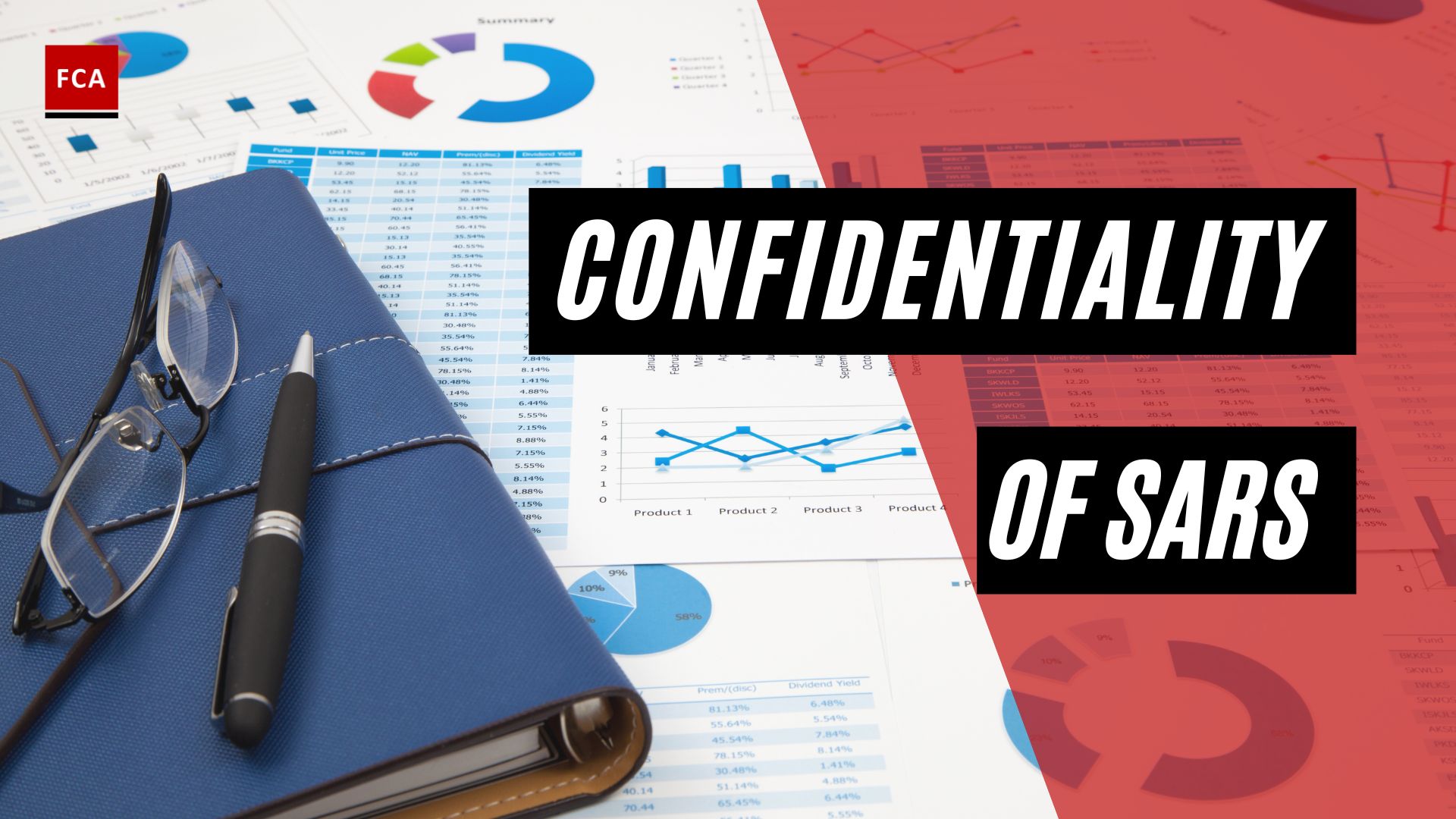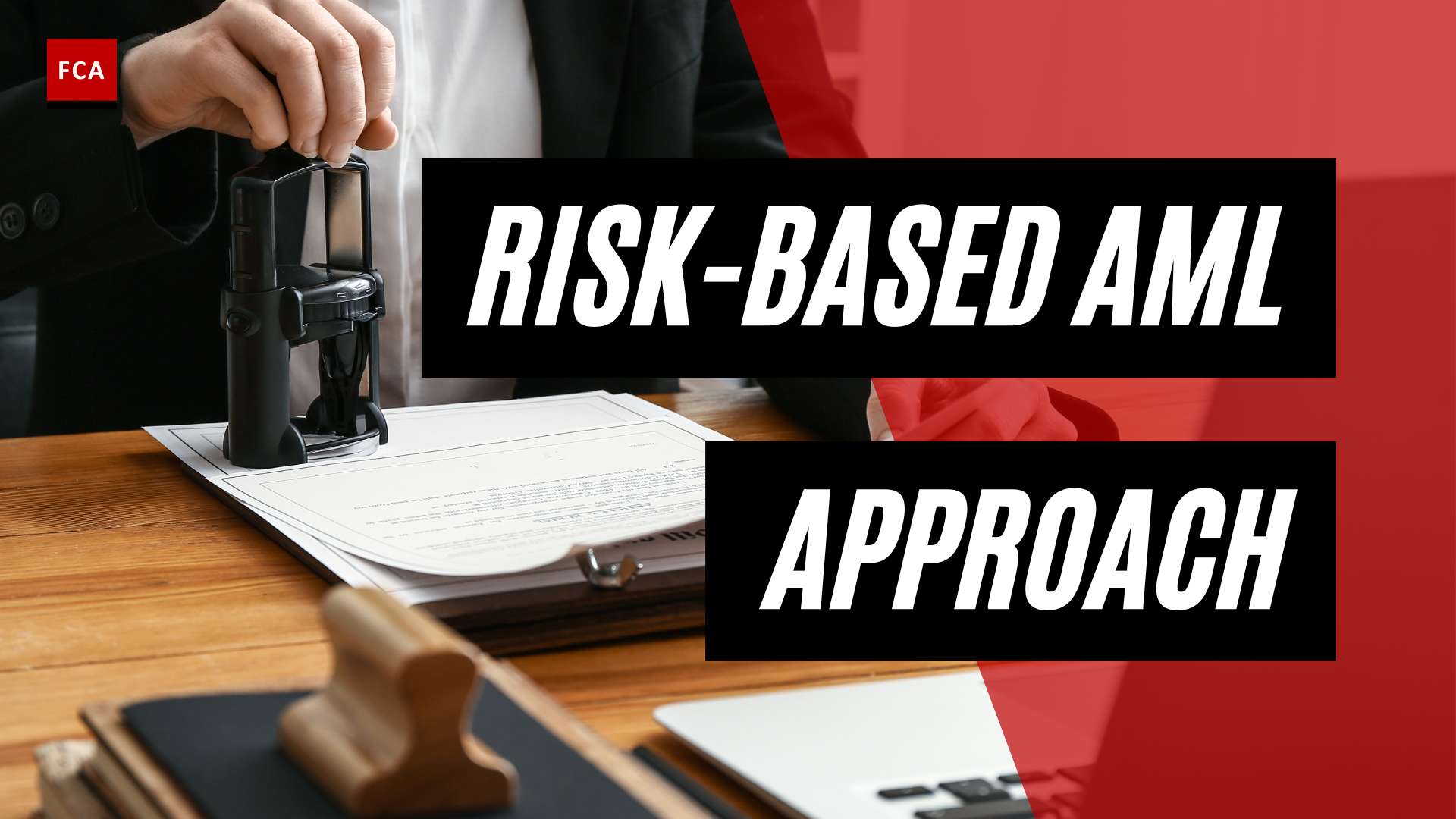Financial institutions must be aware of the suspicious activity report timing in order to file SARs correctly and on time. Typically, Suspicious Activity Reports must be filed promptly, that is, without undue delay. However, you must consider the expectations of your local regulators. Specific times may differ from jurisdiction to jurisdiction, but a good practice is 24 or 48 hours after it is clear that an SAR needs to be filed.
It is important to emphasize that it is unnecessary to file immediately but promptly. The difference is that you also need the time to search for all information, collect the documents, and write the SAR. In the US, an SAR must be filed no later than 30 calendar days after the initial detection of facts that may constitute a basis for filing an SAR.

Initial Detection in Suspicious Activity Report Timing
The phrase “initial detection” should not be interpreted as when a transaction is highlighted for review in a financial institution’s transaction monitoring system. Various legitimate transactions could raise a red flag simply because they are inconsistent with an account holder’s normal account activity.
For example, a real estate investment, the receipt of an inheritance, or a gift, may cause an account to have a significant credit or debit that would be inconsistent with typical account activity.
The financial institution’s automated account monitoring system or initial discovery of information, such as system-generated reports, may flag the transaction. However, this should not be considered the initial detection of potentially suspicious activity. The 30-day or 60-day period does not begin until an appropriate review is conducted and a determination is made that the transaction under review is “suspicious” within the meaning of the SAR regulation.
The bottom line is that a financial institution must have reasonable procedures and processes to identify potentially suspicious activity.
When they do this, the timeframe for SAR filing begins when the financial institution conducts a formal review of the transaction and determines it to be suspicious. Once determined, the timeframe for SAR filing begins.
However, there is almost always an exception to the rule. In some cases, even 24 or 48 hours may be too long for information to reach the FIU. For example, a case of terrorist financing may require an immediate call to the FIU, so they can monitor the situation while the SAR is written. Some jurisdictions have normal SARs and priority SARs. Priority SARs make the FIU aware of the urgency of the matter. Even if your jurisdiction has priority SARs, a call can make many things faster and easier.

Final Thoughts
A financial institution must file a suspicious activity report within 30 calendar days of discovering facts that may be grounds for filing a suspicious activity report. If no suspect was identified on the date the incident necessitating the filing was discovered, a financial institution may delay filing a suspicious activity report for an additional 30 calendar days in order to identify a suspect. Reporting must be completed within 60 calendar days of the initial detection of a reportable transaction.








